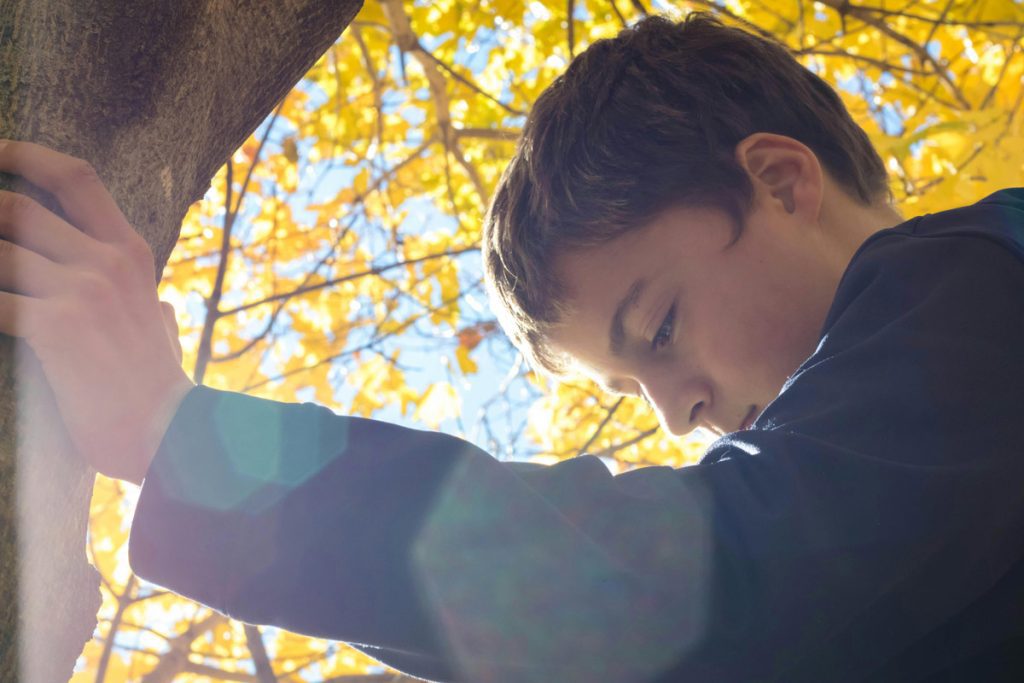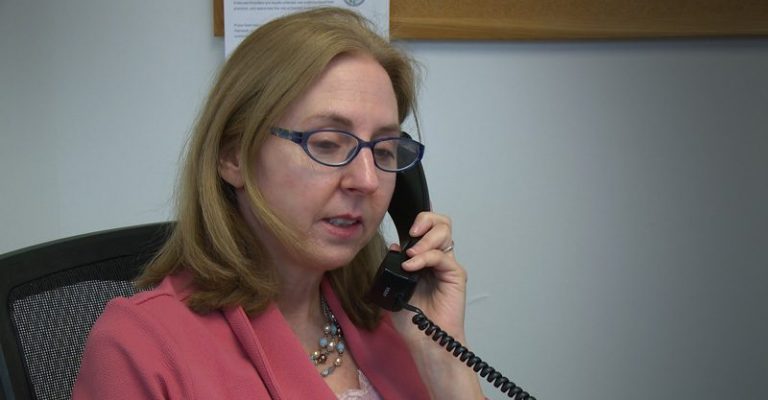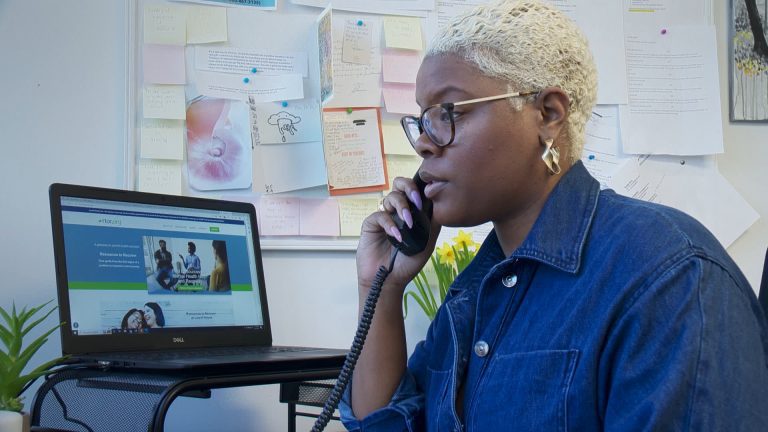Anxiety isn’t just something adults and older adolescents face—young children experience it, too. Sometimes, its signs are so subtle and difficult to distinguish from everyday worries that parents may not recognize the gravity of what’s happening. As a parent or caregiver, realizing your child’s struggles aren’t “just a phase” can be both frightening and heart-wrenching. But learning to identify anxiety early, understanding its effects, and taking supportive steps can make a world of difference.
Understanding Early Childhood Anxiety
Every child gets scared or worried from time to time. Thunderstorms, new foods, starting school, or even just separating from a parent in the morning—these are all standard parts of growing up. However, anxiety becomes a concern when these fears become persistent, show up in many areas of life, or start disrupting your child’s daily happiness and routine.
Unlike adults, young children often lack the words to explain what they’re feeling. Instead, their distress might show through behaviors, physical symptoms, or unexplained changes in personality.
Recognizing the Signs
Physical Signs:
- Recurring stomachaches, headaches, or other “mystery” pains (especially before certain events, like school or social gatherings)
- Difficulty falling or staying asleep, or waking from nightmares
- Muscle tension, shakiness, sweating, or an upset stomach unrelated to illness
Emotional and Behavioral Signs:
- Often clingy with caregivers, sometimes refusing to separate for even short periods
- Uncontrollable crying, angry outbursts, or seeming “on edge” for no clear reason
- Avoidance of activities they used to enjoy—playdates, birthday parties, or storytime at the library
- Excessive “what if” questions or needing repeated reassurance (“Will you pick me up? What if you’re late?”)
- Withdrawing from peers, teachers, or new situations
Remember, all children have worries sometimes. But if you notice these patterns lasting for weeks, happening in several settings (home, school, public), or causing your child real distress, it may signal an underlying anxiety issue.
The Impact of Untreated Childhood Anxiety
It’s tempting to hope kids will “grow out of it.” Yet research tells us that untreated childhood anxiety doesn’t just go away—it can actually grow deeper roots that affect every area of a child’s development:
- Learning & Achievement: Anxious kids might perform poorly in school, not because they lack intelligence, but because their worried minds have trouble focusing, remembering lessons, or participating in class.
- Social Skills & Friendships: Persistent anxiety can push children to avoid classmates, shy away from group play, or miss out on forming trusting friendships. In turn, loneliness and poor self-esteem can develop.
- Physical Health: Chronic tension and stress hormones can even harm a child’s physical health, causing headaches, stomach issues, lower immunity, or sleep disruptions.
- Long-Term Mental Health: Anxiety that is not addressed in early childhood increases the likelihood of anxiety disorders, depression, and substance use later in life.
Why Early Support Makes a Difference
When parents and caregivers notice signs early and proactively support their child, the outcomes improve dramatically. Children are resilient—given the right help, they can learn coping strategies, gain confidence, and navigate stressful situations with much more courage.
Strategies for Parents: What You Can Do
1. Notice and Name Emotions
- Help your child put words to big feelings: “I notice you hold my hand so tightly before class. Are you feeling worried or scared?”
- Use books, stories, or drawings to talk openly about emotions, so your child knows they’re never alone with their worries.
2. Validate Their Experience
- Never belittle or ignore their fears (“Don’t be silly, there’s nothing to be nervous about!”).
- Instead, use phrases like, “I see you’re worried. That must feel tough, but I’m here to help.”
3. Break Down Big Fears
- Tackle anxieties in small steps. If group play is overwhelming, start with a playdate at home with just one friend. Praise each brave step, not just success.
4. Encourage Problem Solving
- Once your child is calm, work together to brainstorm solutions: “What could help you feel better when you’re scared at bedtime?” This empowers them to take control over small worries.
5. Model Healthy Coping
- Show your own ways of handling worries—deep breaths, counting to 10, talking about feelings, or asking for help. Kids notice and copy their parents’ behavior.
6. Maintain Predictable, Flexible Routines
- Predictability makes children feel safe. Stick to regular meal, play, and bedtime routines, but also prepare your child in advance for changes or new experiences.
7. Teach Relaxation Skills
- Practice simple techniques together: slow breathing, squeezing a favorite stuffed animal, gentle stretches, or “calm down” jars.
8. Seek Help Without Shame
- If your child’s anxiety doesn’t improve or is clearly interfering with school, friendships, or home life, reach out to a pediatrician, child psychologist, or school counselor. Early intervention can prevent bigger issues down the line.
Building a Supportive Environment
Parenting an anxious child is not a sign of failure—it’s a call for deeper compassion and understanding. Remember:
- Celebrate your child’s strengths and interests; don’t make everything about anxiety.
- Encourage, but never push or shame them into scary activities.
- Maintain open communication with teachers and caregivers to ensure consistent support.
When Community Matters
Support matters for both children and parents. Whether it’s connecting with other families facing similar challenges, consulting with mental health professionals, or simply finding trustworthy resources like rtor.org, no family should face anxiety alone.
Final Thoughts
Childhood anxiety is not just a phase, and it’s nothing to be ashamed of. Most importantly, it is treatable and manageable. With a loving presence, practical tools, and the courage to ask for help when needed, parents and caregivers can help children not only cope but thrive—building lasting resilience for whatever life brings.
If you need guidance or support, rtor.org can connect you with trusted resources and professionals who specialize in children’s mental health. It takes a team—and the journey starts with compassion, understanding, and hope.
About the Author: Divyesh Patel is the founder of 99 Care, a trusted caregiving service provider in India specializing in elderly care, baby care, and family support. With years of experience helping families navigate care challenges, Divyesh is passionate about promoting mental wellness, compassionate caregiving, and practical strategies to support healthy family relationships. Learn more at www.99care.org.
Photo by Trinity Kubassek: https://www.pexels.com/photo/boy-holding-tree-trunk-looking-down-227609/
The opinions and views expressed in any guest blog post do not necessarily reflect those of www.rtor.org or its sponsor, Laurel House, Inc. The author and www.rtor.org have no affiliations with any products or services mentioned in the article or linked to therein. Guest Authors may have affiliations to products mentioned or linked to in their author bios.
Recommended for You
- Social Anxiety in Early Recovery: Navigating Social Situations Sober - December 29, 2025
- How to Stop Nail Biting: What Finally Worked for Me After Years of Failed Attempts - December 26, 2025
- Dealing With Toxic Family Members: A Survival Guide for Family Gatherings - December 22, 2025







